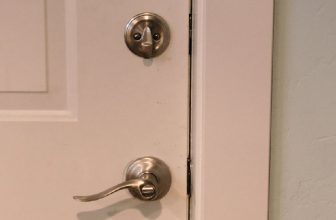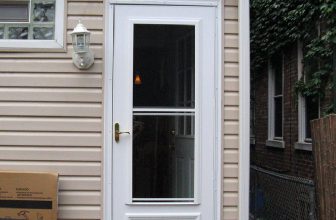How to Fill Gap Between External Door Frame and Wall
Homes generally have a space between the exterior door frame and the wall. This gap can be filled in with weatherstripping to keep out drafts and improve energy efficiency. There are several weatherstripping types available, so it’s important to choose the right type for your needs.
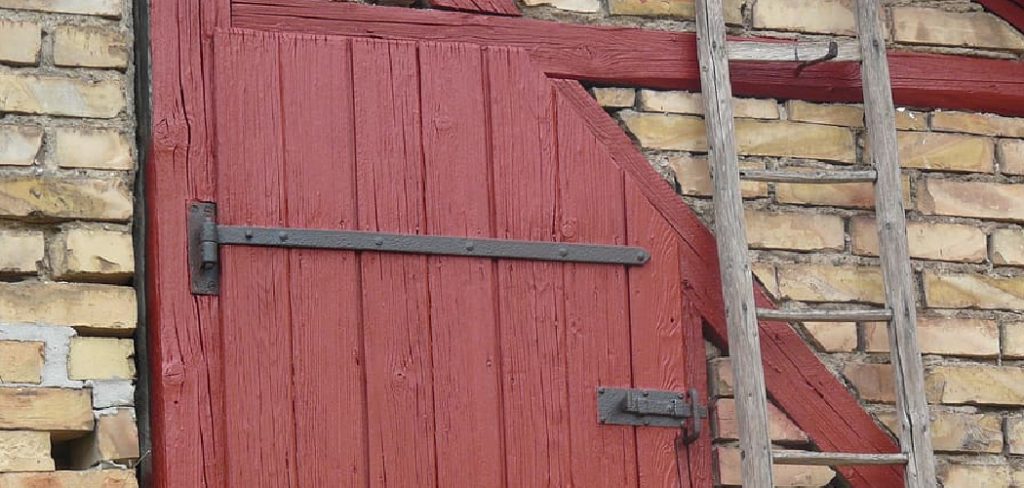
When you have an open space between your external door frame and the wall, it can be difficult to know how to fill it. You may think that the only option is just to leave the space there, but this can lead to many problems. In this blog post, we will discuss the different types of weatherstripping and how to fill gap between external door frame and walls. Read on to know more!
What is Weatherstripping?
Weatherstripping is a material used to seal gaps around doors and windows, preventing drafts and air leaks. It also helps in reducing energy costs by keeping the warm or cool air inside the house. There are various types of weatherstripping available, such as foam, tape, felt, and metal strips. Each type has its own advantages and disadvantages, so it’s important to choose the right one for your specific needs.
Choosing the Right Weatherstripping
Before filling in the gap between your external door frame and wall, you need to determine which type of weatherstripping will work best for your situation. Here are some factors to consider when choosing weatherstripping:
Durability:
The weatherstripping should be able to withstand wear and tear, especially if the door is frequently used.
Insulation:
The weatherstripping should provide good insulation to keep out drafts and maintain temperature control inside the house.
Weather resistance:
If the external door frame and wall are exposed to harsh weather conditions, consider using a weather-resistant material that can withstand extreme temperatures and moisture.
Ease of application:
Some weatherstripping types are easier to install than others. Choose one that you can easily apply on your own, or hire a professional for the installation.
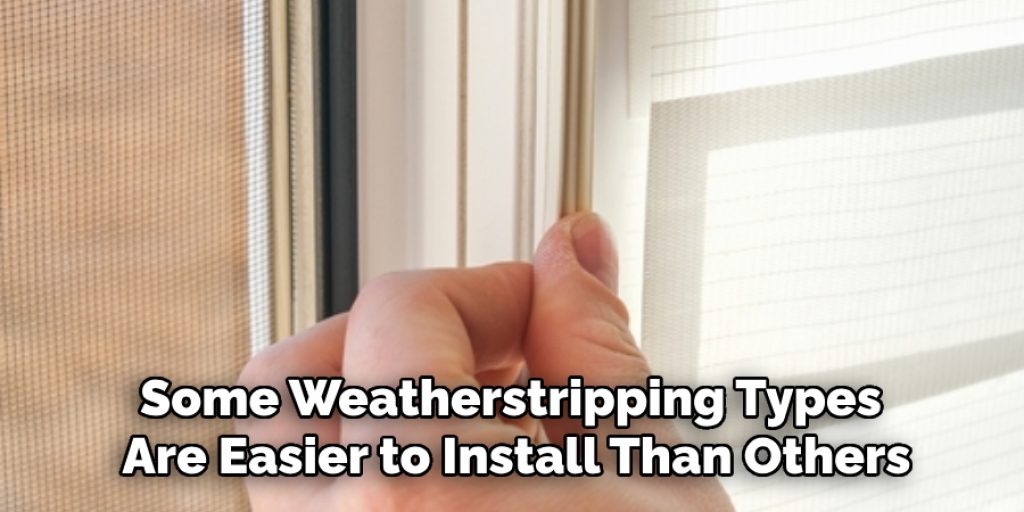
Things to consider before:
There are a few important things to consider before filling the gap between your external door frame and wall with weatherstripping:
Measurements:
Make sure you measure the gap accurately so that you can purchase the right amount of weatherstripping material.
Surface preparation:
Before applying weatherstripping, clean the surface thoroughly and make sure it is dry. Any debris or dust can prevent the weatherstripping from adhering properly.
Material compatibility:
If you already have weatherstripping installed, make sure the new one you choose is compatible with it. Mixing different types of weatherstripping can affect its effectiveness.
10 Ways How to Fill Gap Between External Door Frame and Wall:
1. Caulk:
Caulking is one of the most popular ways to fill in the gap between an external door frame and a wall. It is a quick, easy and affordable solution that anyone can do. All you need is a tube of caulk and a caulking gun. Run the bead of caulk along the length of the gap and smooth it out with your finger. Once the caulk is dry, it will create a tight seal between the door frame and the wall.
It is important to use a high-quality exterior caulk that can withstand outdoor conditions and temperature changes. The caulk should also be paintable so that you can blend it in with the wall or door frame color.
2. Foam Sealant:
Foam sealant is another great option for filling in the gap between an external door frame and a wall. It is a bit more expensive than caulk, but it is a more effective solution. It expands and seals the gap completely, preventing air and water infiltration. Foam sealant is available at most home improvement stores.
You can spray the foam sealant directly into the gap and then use a putty knife or scraper to smooth it out. Once dry, you can trim off any excess foam and paint over it to match the surrounding area.
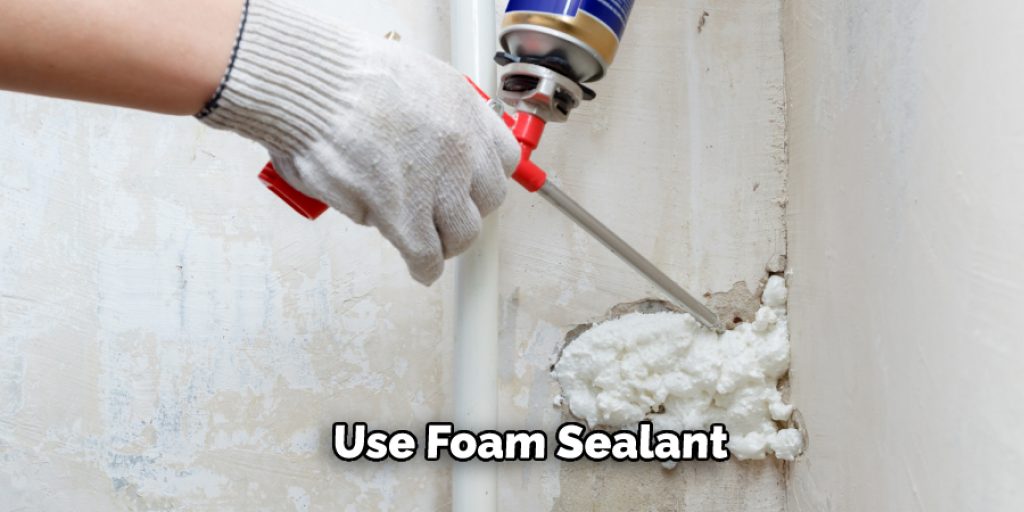
3. Weather Stripping:
A good weather-stripping solution can help fill the gap while also preventing moisture and pests from entering your home. There are a variety of weather stripping materials available, so be sure to select one that is best suited for your needs. Foam, rubber, or vinyl weather stripping can be easily cut to size and installed on the door frame and wall.
It is recommended to use weather stripping in combination with caulk or foam sealant for a more secure and effective seal.
4. Door Sweep:
A door sweep is a simple, affordable solution for filling the gap between an external door and a wall. It is a piece of rubber or vinyl that attaches to the bottom of the door and seals the gap between the door and wall. Door sweeps are available at most home improvement stores. Make sure to measure the gap before purchasing as they come in different sizes.
Otherwise, it may not provide a snug fit and could lead to air and water leakage. You can easily install a door sweep yourself by following the instructions provided.
5. Pipe Insulation:
Pipe insulation is a great option to fill the gap between an external door frame and a wall. It is available in different thicknesses to choose the right one for your needs. It is also moisture-resistant, keeping your home’s insulation in good condition. Plus, it comes in various colors, so you can choose one that will match your home’s décor.
If the gap is too wide, you can slice the pipe insulation lengthwise and insert it into the gap. This will provide a snug fit and effectively seal any draft or air leakage.
6. Brick Veneer:
Brick veneer is a popular way to fill the gap between an external door frame and a wall. It is a quick, easy, and affordable option that most do-it-yourselfers can complete. Brick veneer is made of brick or stone adhered to a backing material, such as plywood or cement board. First, measure the width of the gap and purchase a brick veneer with the same width.
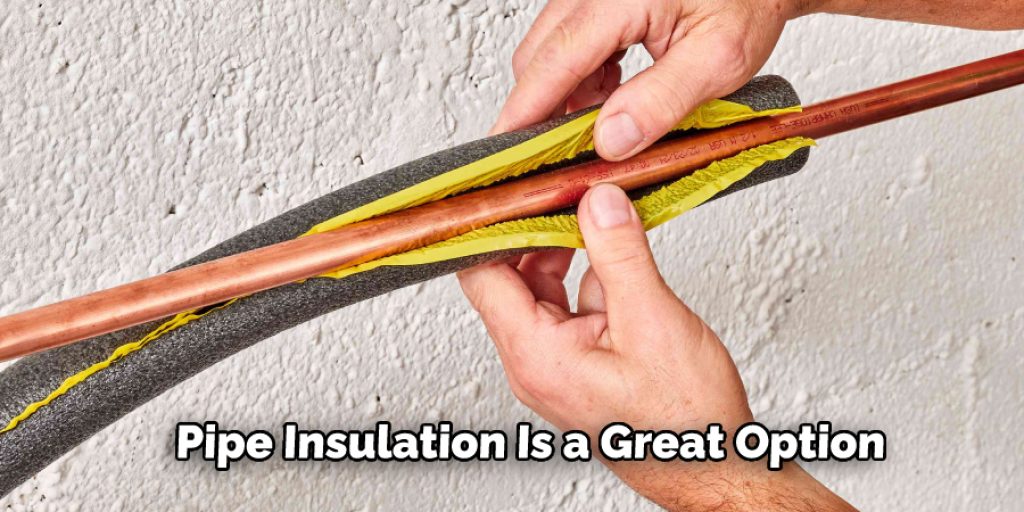
Next, cut the brick veneer to fit the gap using masonry or wet saw. Apply a mortar adhesive to the back of the brick veneer and press it into place against the door frame and wall. Wipe away any excess mortar adhesive with a damp cloth. Allow the mortar to dry completely before painting or caulking.
7. Create a Seal and Keep Out Drafts:
There are a few ways to fill the gap between your external door frame and wall. For example, you can use caulk, foam insulation, or weatherstripping. Each of these methods will help create a seal and keep out drafts.
Be sure to choose a method that is best suited to your needs and climate. For example, caulk is a good choice for extreme temperatures, while foam insulation is a better option for climates with high humidity levels. Weatherstripping is a good option for all climates.
8. Check the Fit:
Once you have filled the gap, be sure to check the fit of your door. The door should close tightly, and there should be no space between the door and the frame. If needed, make additional adjustments to the filler until the door fits properly.
You may also want to check the weatherstripping every few months to ensure it is still in good condition and replace it if necessary. The goal is to create a tight seal that will keep out drafts and moisture.
9. Door Jamb Strip:
A door jamb strip is a thin piece of wood or metal used to fill the gap between the door frame and the wall. It is available in various widths and thicknesses, so make sure to select one that is the right size for your door.
To install a door jamb strip, first, measure the width of the gap between the door frame and the wall. Then, cut the jamb strip to the correct length, and using a screwdriver, drive screws through the jamb strip and into the door frame and wall.
10. Finishing Touches:

Now that you have the frame and door in place, it’s time to finish. You may need to caulk the area around the frame and door to ensure a snug fit and to prevent air and water infiltration. If your door has a threshold, you will also need to install it at this point. Finally, paint or stain the door and frame to match your home’s exterior.
Following these 10 ways to fill the gap between an external door frame and a wall can help improve the energy efficiency of your home, prevent moisture and pest infiltration, and create a more aesthetically pleasing entrance. Be sure to carefully measure and choose the best option for your needs to achieve the best results.
Some Helpful Tips and Suggestions:
Here, we have given tips on how to fill gap between external door frame and wall.

- If there is a gap between the external door frame and the wall, you can fill it with caulking. This will help to keep out moisture and pests.
- If you have an existing door frame, you can also use a weatherstrip to fill the gap. This will help to create a tighter seal and keep out the weather.
- Another option is to use a door sweep. This will help to keep out drafts and pests.
- You can also use a threshold plate to fill the frame and wall gap. This will help to create a tighter seal and keep out the weather.
- You can use a doorstop to fill the gap. This will help to keep the door in place and prevent it from swinging open and closed.
- If you have a gap between the external door frame and the wall, you can fill it using caulk or foam.
- Squeeze a caulk line or foam onto a putty knife and insert the knife into the gap. Slide it along the gap to fill any void.
- If you use foam, let it dry for about 30 minutes before trimming away excess with a utility knife.
- For larger gaps, cut foam insulation into strips and insert them along the sides of the door frame.
- Remember to regularly check the filler material and replace it if needed to maintain a tight seal.
- If your door has a window, consider opting for double or triple pane glass to further improve insulation and energy efficiency.
- Additionally, installing weatherstripping or a door sweep on the bottom of your door can also help prevent drafts and save energy.
- For more complex gaps or if you are unsure about which method to use, it’s always best to consult a professional for advice and assistance.
- Regularly inspecting the perimeter of your external doors and addressing any gaps or damage promptly can help prevent potential issues and save you money on energy costs in the long run.
What Are The Advantages of Filling Gap Between External Door Frame and Wall?
There are many advantages to filling the gap between an external door frame and a wall. One of the most obvious is that it can help keep out pests and insects. It can also help insulate your home, keeping it warmer in the winter and cooler in the summer. Filling the gap can also help reduce noise from outside, and it can help protect the door frame from weathering.
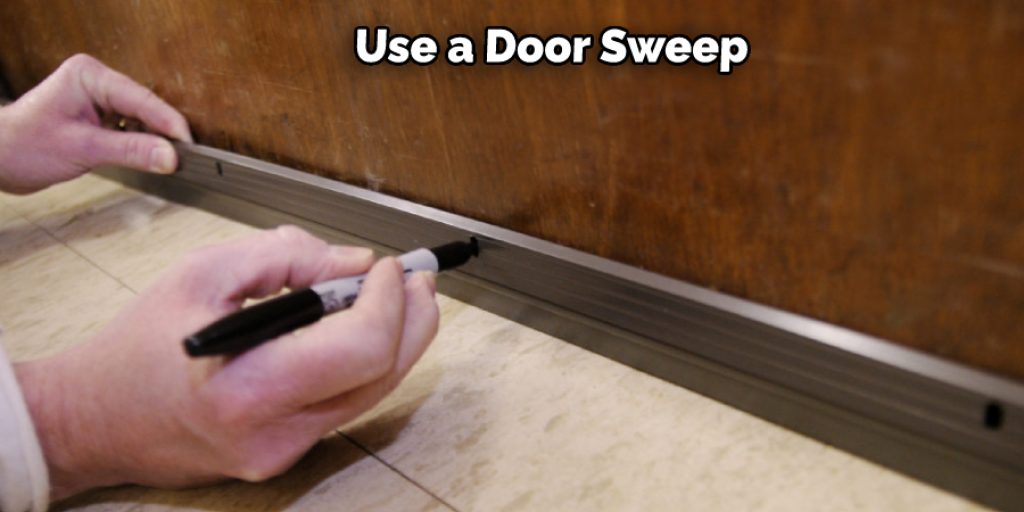
If you are considering filling the gap between your external door frame and wall, there are a few things you need to keep in mind. First, be sure to use a specifically designed sealant for this purpose, as standard sealants may not be strong enough to withstand the weather. Also, be sure to allow for proper ventilation, as trapped moisture can cause damage to your home.
You may also want to consider investing in a quality door sweep or weatherstripping to achieve the best results. And don’t forget to regularly check and maintain these fillers, as they can wear down over time and need to be replaced. With these tips in mind, you can effectively fill the gap between your external door frame and wall and enjoy all the benefits it brings.
Frequently Asked Questions:
Q: How Wide Should the Gap Between an External Door Frame and Wall Be?
A: The gap between an external door frame and wall should be as small as possible, ideally no more than 1/4 inch wide. You can use caulk or foam insulation to fill any larger gaps. The key is to create a tight seal and prevent drafts. The exact width may vary depending on the size and style of your door and frame, so be sure to measure carefully before filling the gap.
Q: Can I Use Any Type of Caulk or Foam Insulation to Fill the Gap?
A: No, it is important to use a sealant that is specifically designed for external use and is able to withstand the elements. Standard caulk or foam insulation may not be strong enough to hold up against weather, moisture, and pests. You can find sealants specifically designed for this purpose at your local hardware store. It is also important to follow the manufacturer’s instructions for proper application and drying time.
Q: How Often Should I Check and Replace Weatherstripping?
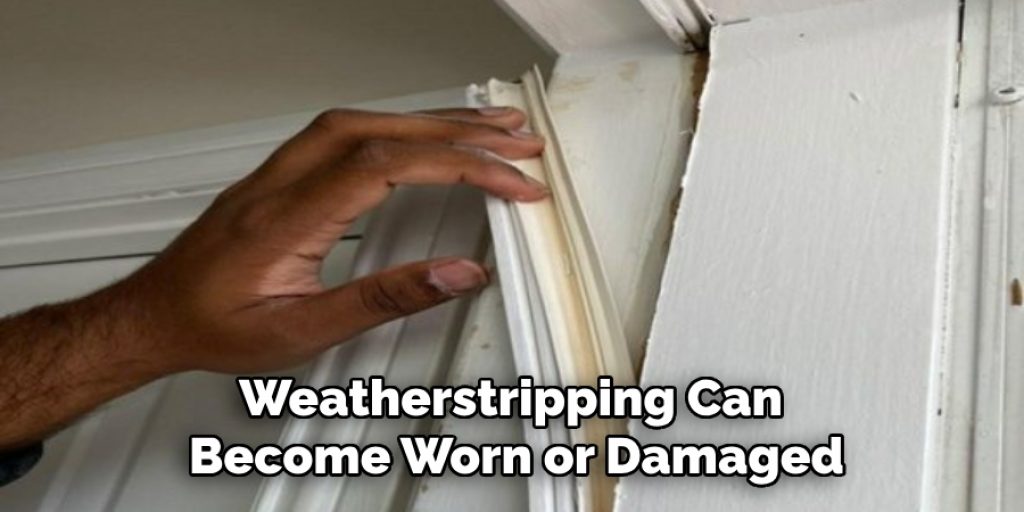
A: It is recommended that you check your weatherstripping every few months to ensure it is still in good condition. Over time, weatherstripping can become worn or damaged, which can affect its effectiveness in keeping out drafts. If you notice any cracks, tears, or gaps in the weatherstripping, it is time to replace it. Proper maintenance of weatherstripping can help keep your home more energy efficient and reduce your utility bills.
Q: Can Filling the Gap Between an External Door Frame and Wall Also Help with Soundproofing?
A: Yes, filling the gap between an external door frame and a wall can also help reduce noise from outside. The seal created by the caulk or foam insulation can help block out unwanted sounds, creating a quieter and more peaceful environment inside your home. However, for maximum soundproofing benefits, it is also recommended to use soundproofing materials such as acoustic panels or double-paned windows.
Overall, filling the gap can be a helpful addition to any soundproofing efforts in your home. It can also improve the overall energy efficiency and appearance of your entryway. You can experiment with different methods and sealants to find the best solution for your specific needs. And remember, regular maintenance and checks are essential to ensure that your door frame and wall remain properly sealed.
Final Thoughts:
When it comes time to fill the gap between your external door frame and wall, you can use a few different methods. We’ll go over each of them below so you can choose the best option for your home. One way to fill in this space is by using caulking or sealant. This is a quick and easy fix, but it may not be the most aesthetically pleasing option.
If you decide to go with caulk or sealant, ensure you get a color that matches your doorframe and walls. Another way to fill in the space is by using weatherstripping tape. This tape creates an insulation barrier between the doorframe and wall, which can help keep out the weather and noise. We hope this blog post on how to fill gap between external door frame and wall has been helpful. If you have any questions or want to know more, then feel free to comment below!
You Can Check It Out To Remove Exterior Caulk From Brick


